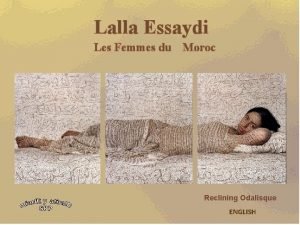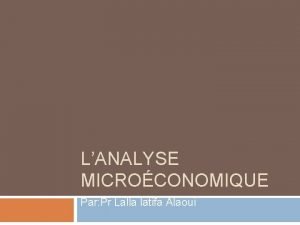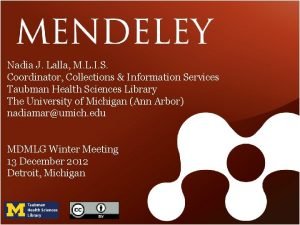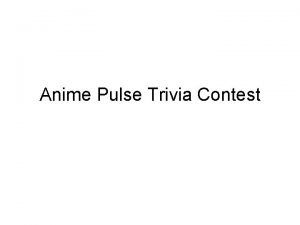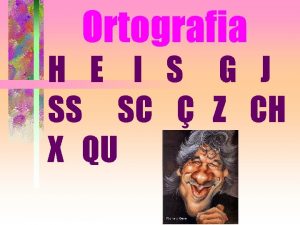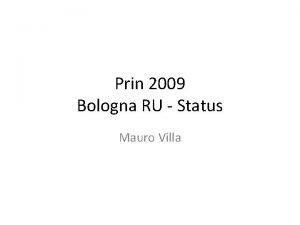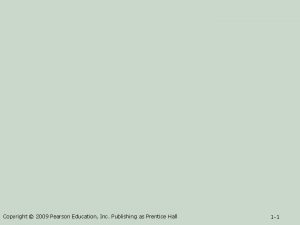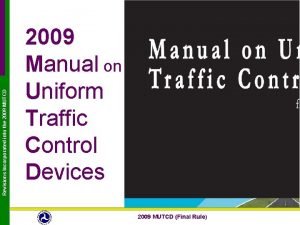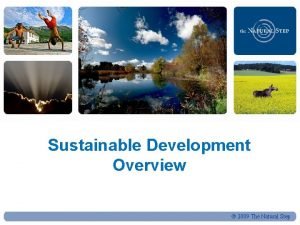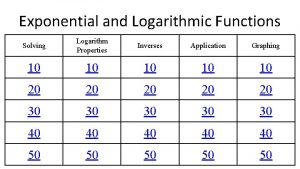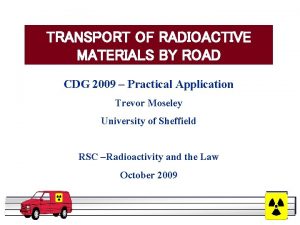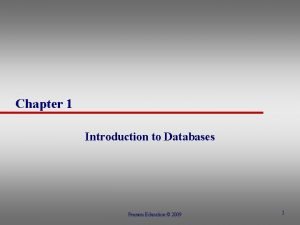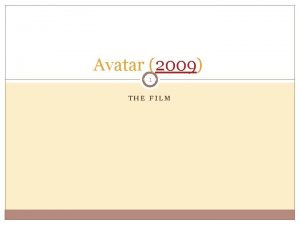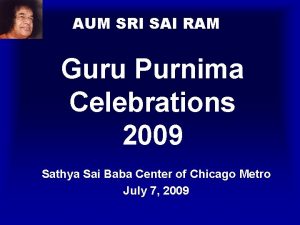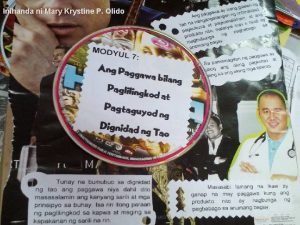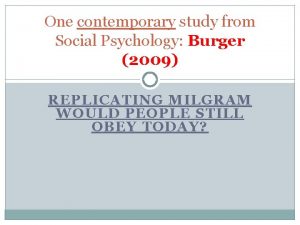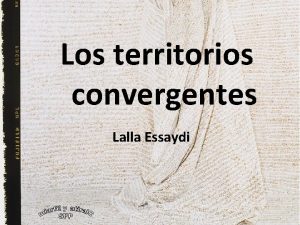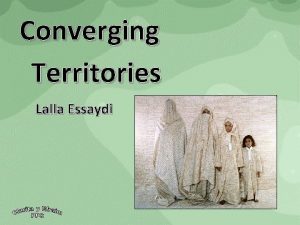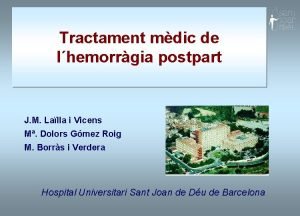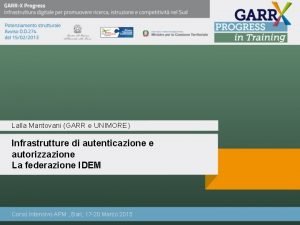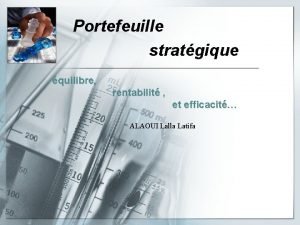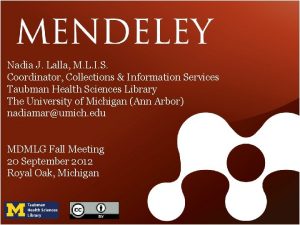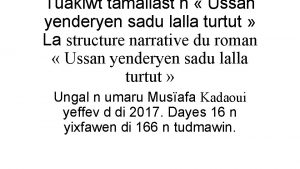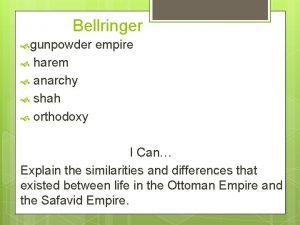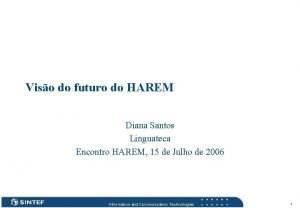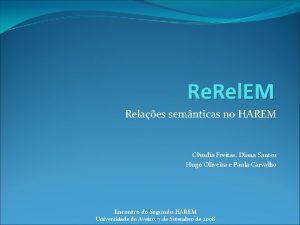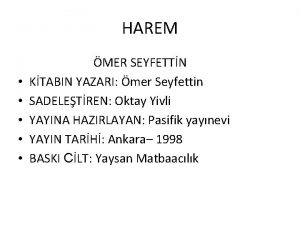Lalla Essaydi Harem Harem 14 c 2009 Harem


















- Slides: 18

Lalla Essaydi Harem קלריטה ואפרים מצגות Harem #14 c, 2009

Harem 1

BIOGRAPHY Lalla A. Essaydi grew up in Morocco and now lives in USA where she received her MFA from the School of the Museum of Fine Arts/TUFTS University in May 2003. Essaydi’s work is represented by Howard Yezerski Gallery in Boston and Edwynn Houk Gallery in New York City. Her work has been exhibited in many major international locales, including Boston, Chicago, Minneapolis, Texas, Buffalo, Colorado, New York, Syria, Ireland, England, France, the Netherlands, Sharjah, U. A. E. , and Japan and is represented in a number of collections, including the Williams College Museum of Art, The Art Institute of Chicago, the Fries Museum, the Netherlands, and The Kodak Museum of Art. Her art, which often combines Islamic calligraphy with representations of the female body, addresses the complex reality of Arab female identity from the unique perspective of personal experience. In much of her work, she returns to her Moroccan girlhood, looking back on it as an adult woman caught somewhere between past and present, and as an artist, exploring the language in which to “speak” from this uncertain space. Her paintings often appropriate Orientalist imagery from the Western painting tradition, thereby inviting viewers to reconsider the Orientalist mythology. She has worked in numerous media, including painting, video, film, installation, and analog photography. "In my art, I wish to present myself through multiple lenses -- as artist, as Moroccan, as traditionalist, as Liberal, as Muslim. In short, I invite viewers to resist stereotypes. "

Harem 2

ARTIST STATEMENT In a sense, my work is haunted by space, actual and metaphorical, remembered and constructed. My photographs grew out of the need I felt to document actual spaces, especially the space of my childhood. At a certain point, I realized that in order to go forward as an artist, it was necessary to return physically to my childhood home in Morocco and to document this world which I had left in a physical sense, but of course, never fully in any deeper, more psychological sense. In order to understand the woman I had become, I needed to re-encounter the child I once was. I needed to return to the culture of my childhood if I wanted to understand my unfolding relation to the “converging territories” of my present life. This culture, and the space of my childhood within it, was defined for me by specific domestic spaces, ones that still exist, but are in the process of slowly deteriorating. So I embarked on a project to photograph these physical spaces before they were lost, and in doing so, to see the role they played in shaping the metaphorical space of my childhood. Harem 4 b

Harem 5

Harem 10 It is obvious that while my photographs are expressions of my own personal history, they can also be taken as reflections on the life of Arab women in general. There are continuities, of course, within Arab culture, but I am uncomfortable thinking of myself as a representative of all Arab women. Art can only come from the heart of an individual artist, and I am much too aware of the range of traditions and laws among the different Arab nations to presume to speak for everyone. My work documents my own experience growing up as an Arab woman within Islamic culture seen now from a very different perspective. It is the story of my quest to find my own voice, the unique voice of an artist, not an attempt to present myself as a victim, which would deprive me of the very complexity I wish to express.

Harem 11

Harem 13

These photographs have led me to a greater understanding of the importance of architectural space in Islamic culture. Traditionally, the presence of men has defined public spaces: the streets, the meeting places, the places of work. Women, on the other hand, have been confined to private spaces, the architecture of the home. Physical thresholds define cultural ones, hidden hierarchies dictate patterns of habitation. Thus crossing a permissible, cultural threshold into prohibited “space” in the metaphorical sense, can result in literal confinement in an actual space. Many Arab women today may feel the space of confinement to be a more psychological one, but its origins are, I think, embedded in architecture itself. In my photographs, I am constraining the women within space and also confining them to their “proper” place, a place bounded by walls and controlled by men. The henna painted on their bodies corresponds to the elaborate pattern of the tiles. The women then, become literal odalisques (odalisque, from the Turkish, means to belong to a place). But my work reaches beyond Islamic culture to invoke the Western fascination, as expressed in painting, with the odalisque, the veil, and, of course, the harem. Here is another way in which my work cannot be read simply as a critique of Arab culture. Images of the harem and the odalisque still penetrate the present and I use the Arab female body to disrupt that tradition. I want the viewer to become aware of Orientalism as a projection of the sexual fantasies of Western male artists––in other words as a voyeuristic tradition.

Harem 15

Harem 16

Harem 31

Harem 34

Harem Revisited 45

Harem Revisited 45 ab

Harem Revisited 47

Sources: https: //www. phillips. com/detail/lalla-essayd https: //www. interaliamag. org/articles/ https: //muse. jhu. edu/article/422726/pdf http: //www. octobergallery. co. uk/artists/essay http: //lallaessaydi. com/news/PDFS/Interviews http: //lallaessaydi. com/10. html http: //lallaessaydi. com/3. html http: //lallaessaydi. com/8. html http: //lallaessaydi. com/9. html http: //lallaessaydi. com/11. html קלריטה ואפרים : הנכם מוזמנים להיכנס לאתר שלנו www. clarita-efraim. com. נשמח לתגובות
 Layla essaydi
Layla essaydi Lalla latifa children
Lalla latifa children Nadia lalla
Nadia lalla Anime harem mecha
Anime harem mecha Harém curitiba
Harém curitiba Lembaga peperiksaan kementerian pelajaran malaysia
Lembaga peperiksaan kementerian pelajaran malaysia Prin 2009
Prin 2009 2009 pearson education inc
2009 pearson education inc Mutcd 2009 edition
Mutcd 2009 edition Step 2009
Step 2009 In 2009 there were 1570 bears
In 2009 there were 1570 bears Cdg 2009
Cdg 2009 Pearson education 2009
Pearson education 2009 Copyright 2009 pearson education inc
Copyright 2009 pearson education inc Avatar movie themes
Avatar movie themes Guru purnima 2009
Guru purnima 2009 Ito ay kahulugan ng obheto ng paggawa?
Ito ay kahulugan ng obheto ng paggawa? Burger 2009 study
Burger 2009 study Gartner hype cycle 2009
Gartner hype cycle 2009
